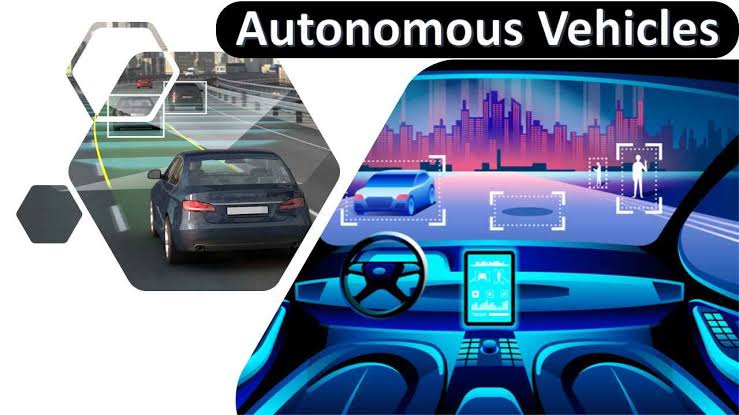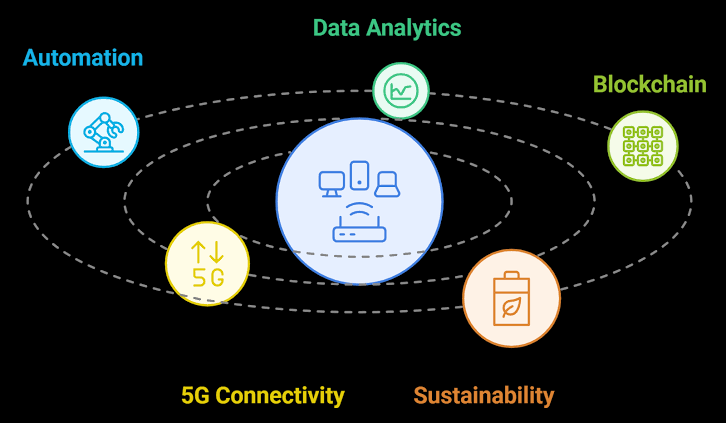The future of autonomous vehicles: technology and development plans
Autonomous vehicles (AVs) are moving from lab demos to real streets faster than most people expected. What was once an experiment has become a multi-track industry push: city-scale robotaxi rollouts, fleet pilots for logistics, continued work on driver-assist systems in personal cars, and a heavy focus on safety, simulation and regulation. The near-term roadmap for AVs is less about one single “self-driving car” and more about a mosaic of use cases, sensor stacks, software platforms and operating models that together will shape how autonomy arrives in daily life.
Development plans today prioritize incremental deployment: start where the problem space is constrained, learn fast, then expand. Robotaxi companies map and test specific cities for months or years before opening passenger services; freight and last-mile delivery pilots use predictable routes and controlled environments to reduce edge-case complexity. These staged rollouts are designed to gather miles, edge-case data and rider feedback while building operational muscle.
Core technology trends shaping development
Sensor fusion remains central to long-term plans. While some firms advocate camera-only stacks, many leading operators combine cameras with radar, lidar and imaging radar for redundancy and performance in poor visibility. That sensor mix improves detection in fog, rain and when objects are partially occluded — crucial for safe, scalable operations. Expect continued investment in cheaper, higher-performance lidars and smarter radar to reduce per-vehicle cost while increasing robustness.
Parallel to sensors, simulation and digital twins have become a development backbone. High-fidelity simulation lets teams run billions of virtual miles covering rare scenarios that are impractical to reproduce on roads. Companies are increasingly relying on physics-based simulators, synthetic sensor suites and model-based validation to shorten real-world testing cycles and satisfy regulators. Simulation markets and platforms are growing quickly as a result.
Software architectures are shifting toward modular, safety-first stacks. That means deterministic decision layers, formal verification for critical code, and the separation of perception, planning and control into auditable components. Edge compute is getting beefier, and specialized AI accelerators are being integrated so vehicles can run complex models locally with low latency while syncing higher-level learning to the cloud.
Business models and deployment plans
Companies are testing several commercial plays at once:
- Robotaxi ride-hailing operated by tech firms or in partnership with incumbents.
- Fleet-as-a-service models for logistics and shuttles.
- Subscription or vehicle-sharing services where cars operate as income-generating assets.
Each model influences hardware and software choices — cheaper sensor stacks suit high-utilization fleet economics, while premium services may invest more in redundancy and human oversight. Partnerships between AV specialists and ride-hailing or logistics firms are accelerating scale and market access. Recent announcements from major operators illustrate these partnerships and city-focused expansion strategies.
Safety, standards and regulatory roadmaps
Regulation will be a gating factor for how quickly AVs expand. Authorities are moving from reactive to proactive oversight: programs that request transparency about ADS performance, voluntary reporting and rulemaking frameworks are emerging in major markets. Developers now plan product launches hand-in-hand with regulatory filings, public safety engagements and phased compliance testing. Expect more national-level programs and international coordination in the next few years as governments try to balance innovation with public safety.
Public trust is another non-technical piece of the puzzle. Firms are investing in explainability, ride monitoring, human fallback plans, and community outreach to manage perceptions and build acceptance. Where deployments have gone smoothly, ridership and utility grow quickly; where high-profile failures occur, regulatory scrutiny and public skepticism intensify.
Practical short-term milestones to watch
Over the next 24–36 months, development plans will likely target these milestones:
- Scaling robotaxi services to additional moderate-sized cities with extensive mapping and geofenced operations.
- Wider commercial pilots for autonomous freight and last-mile delivery in controlled corridors.
- Standardized safety reporting and voluntary transparency programs from manufacturers and regulators.
- Breakthroughs in sensor cost reduction (notably lidar) and more capable on-vehicle compute.
- Mature simulation ecosystems that reduce dependence on risky real-world testing.
These goals reflect a pragmatic recognition: broad autonomy will be earned incrementally through mapped expansion, safer systems, and commercially viable economics.
What companies and cities must plan for
Successful AV deployment plans should include:
- Long pre-launch testing phases with extensive mapping and scenario-driven simulation.
- Integrated safety cases that combine software evidence, operator procedures and redundancy.
- Engagement plans with local governments, transit agencies and communities.
- Flexible hardware strategies to swap sensors and compute as technology improves.
- Contingency and incident-response teams to learn and iterate from real incidents.
A disciplined mix of engineering rigor, regulatory cooperation and economic realism will determine which companies scale and which stall.
Conclusion: a realistic horizon
Autonomy’s future is not a single “big bang” moment but a rolling set of regional and sectoral wins. Expect pockets of driverless services in cities and logistics corridors first, with broader consumer-facing autonomy evolving more slowly as costs fall, safety evidence accumulates and rules mature. Technology roadmaps emphasize sensor fusion, simulation, safer software design and regulatory alignment — all of which must progress together for autonomy to become an everyday reality. The next few years will separate those who can execute complex, safety-first deployments from those who promise too much, too soon.



